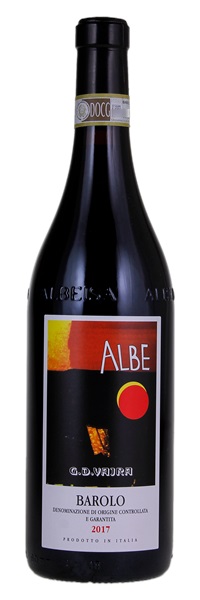Estimate

...medium concentration and a very expressive or fruit-forward bouquet... Cherry and raspberry aromas are followed by blue flower and pressed violets.
...aromas of fresh black cherry, dried roses, baking spice, and tar. The palate has concentration of fruit that remains fresh with tension, noted by dried cranberry, orange zest, and cocoa.
Fresh and floral aromas with plum, orange peel and some cedar follow through to a medium body with fine tannins and a fresh finish.
Bright and beautifully lifted...pure and total pleasure. All the elements come together so gracefully. Crushed flowers, red berries, mint, cinnamon and lavender are some of the many notes that open in the glass.
Edgy, tarry nose that's very ethereal. Tannic grip and quite a bit of heat on the way there. Floats on the palate – it's certainly not heavy, and has quite enough freshness.